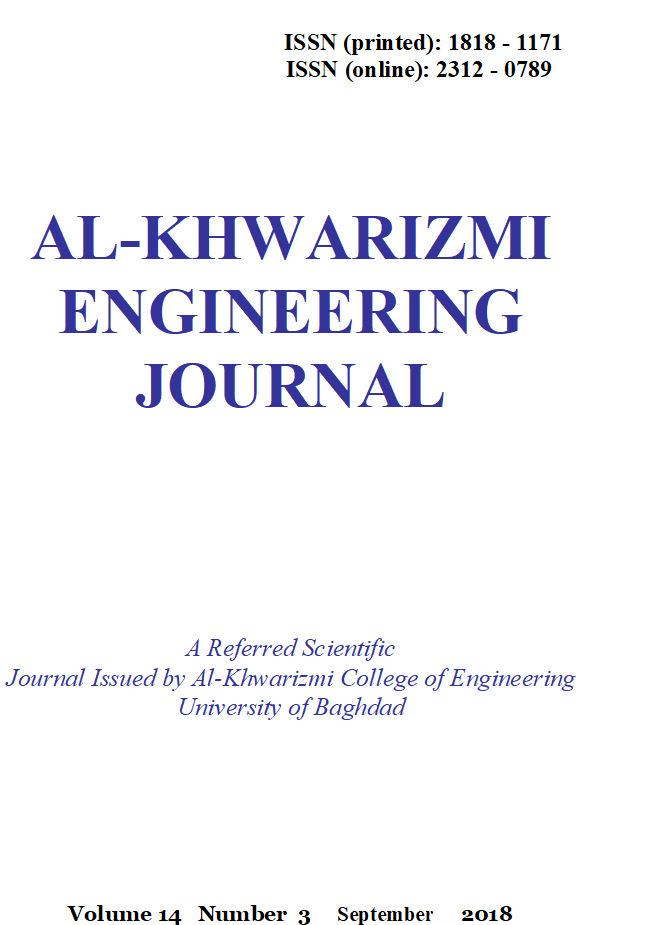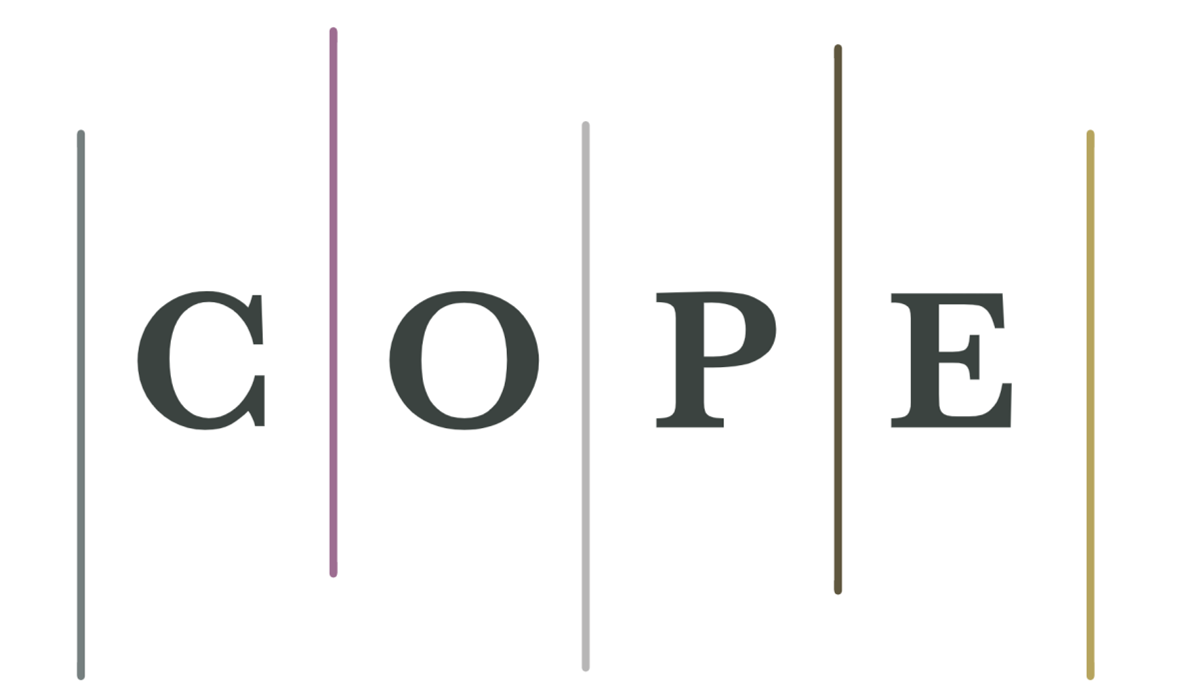Recovery of Aluminum from Industrial Waste (Slag) by Melting and Electrorefining Processes
DOI:
https://doi.org/10.22153/kej.2018.03.002Keywords:
Design of Experiment (DOE), Electro-refining, Melting process, %Recovery, Salt slag of aluminum.Abstract
Slag of aluminum is a residue which results during the melting process of primary and secondary aluminum production. Salt slag of aluminum is hazardous solid waste according to the European Catalogue for Hazardous Wastes. Hence, recovery of aluminum not only saves the environment, but also has advantages of financial and economic returns. In this research, aluminum was recovered and purified from the industrial wastes generated as waste from both of State Company for Electrical and Electronic Industries (Baghdad/AlWaziriya) and General Company for Mechanical Industries (Babylon/-Al-Escandria). It was found that these wastes contain tiny proportions of other elements such as iron, copper, nickel, titanium, lead, and potassium. Wastes were recovered for green sustainability, saving energy and cost effectiveness. The method applied for recovering aluminum was pyro-metallurgical method by smelting and refining. X-Ray fluorescence spectroscopy and X- Ray diffraction techniques of the slag sample were used to determine the chemical analysis and phases, respectively. Melting experiments were conducted by using different types of fluxes (KAlF4, NaCl, KCl and AlCl3) at different percentages (0, 5, 10 %) and different melting temperatures (700, 750, 800oC). Design of Experiment (DOE) by Taguchi method, orthogonal array L9, was used in melting experiments. Melting efficiency of aluminum was equal to 84.7%. Electro-refining of aluminum was done by using anhydrous aluminum chloride and NaCl as ionic liquids at low temperature 100 ◦C in electro-refining method producing aluminum of 99% purity.
Downloads
Downloads
Published
Issue
Section
License
Copyright: Open Access authors retain the copyrights of their papers, and all open access articles are distributed under the terms of the Creative Commons Attribution License, which permits unrestricted use, distribution, and reproduction in any medium, provided that the original work is properly cited. The use of general descriptive names, trade names, trademarks, and so forth in this publication, even if not specifically identified, does not imply that these names are not protected by the relevant laws and regulations. While the advice and information in this journal are believed to be true and accurate on the date of its going to press, neither the authors, the editors, nor the publisher can accept any legal responsibility for any errors or omissions that may be made. The publisher makes no warranty, express or implied, with respect to the material contained herein.
















